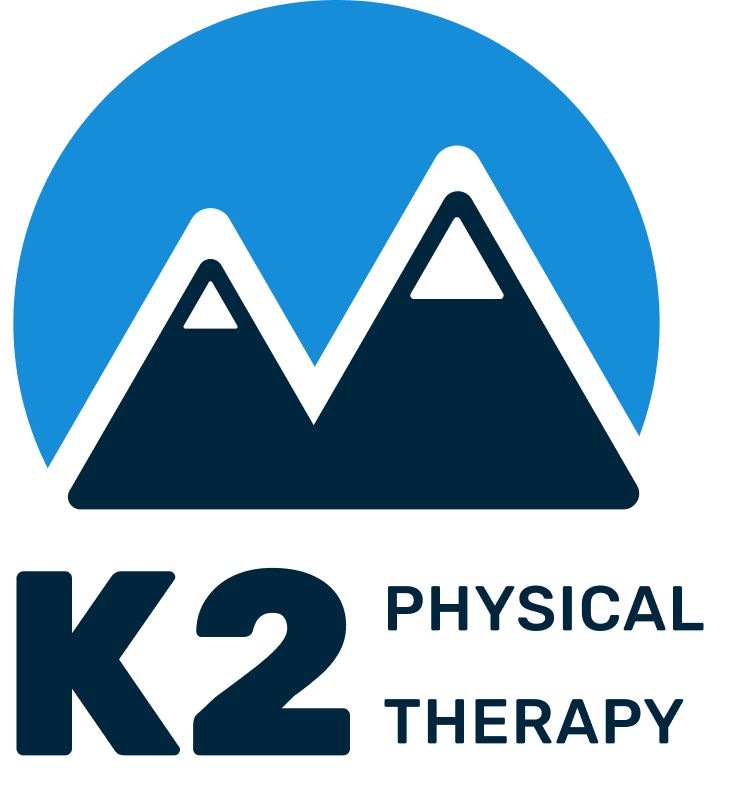For runners, there is perhaps no greater high than the rhythmic thump of feet on pavement, the surge of adrenaline in pursuit of a personal record, and the euphoric crossing of the finish line. But every seasoned runner knows the shadow that looms over this elation — the risk of injury. In an athlete's world, injuries are like potholes on the road; they jolt your progress and can set you back miles.
In this extensive guide, we are going to take a deep dive into the art and science of injury prevention, especially tailored for runners setting their paces across varied terrains. Dr. Brendan Kirk, a prominent figure in the field of sports physical therapy and the founder of K2 Physical Therapy, is our beacon in the marathon of understanding and avoiding running-related injuries.
Understanding the Runners' World: Injuries and Their Causes
Before hitting the trail of prevention, it's crucial to understand what we are preventing. Running, although a natural form of movement, can be a source of wear and tear on the body. Dr. Kirk breaks down the common culprits of running injuries, shedding light on their causes and red flags to watch out for.
The Usual Suspects:
Shin Splints: A common complaint among both beginners and seasoned runners, this condition manifests as pain in the lower leg along the shin bone.
Runner's Knee (Patellofemoral Pain): As the name suggests, this injury involves pain around or underneath the kneecap.
IT Band Syndrome: Causing pain on the outer part of the knee, this condition can be extremely debilitating to a runner's stride.
Plantar Fasciitis: Affecting the plantar fascia on the sole of the foot, this injury can make weight-bearing uncomfortable.
Digging Deeper:
Dr. Kirk takes us through the biomechanical details that contribute to these injuries. Often, imbalances in muscle strength, inflexibility, poor running form, and neglecting proper warm-ups or cooldowns can lead to trouble. Moreover, the surface a runner trains on, their choice of footwear, and the frequency and intensity of their runs play pivotal roles in maintaining a healthy relationship with their sport.
The Proactive Approach to Injury Prevention
Preventing running injuries is not just about staying off the couch and getting out on the road. It's a proactive lifestyle that encompasses various practices aimed at fortifying the body against the stresses of running.
Strengthening the Fortress:
Dr. Kirk advocates for a balanced strength training regimen that targets the core, hip stabilizers, and the lower limb muscles. Exercises that improve stability, such as planks, squats, and lunges, are essential for warding off injuries. Strengthening exercises are best parceled alongside running as a holistic approach.
The Art of Flexibility:
Equally important as strengthening is the art of flexibility. Runners should complement their training with regular stretching and, if possible, yoga or Pilates to enhance their range of motion. A flexible runner is a resilient runner, less prone to the strains that invite injury.
Cross-Training and Recovery:
Dr. Kirk believes cross-training is a runner's best friend. Alternating running with lower-impact activities like swimming or cycling gives running muscles a break while maintaining cardiovascular fitness. Resting is as important as running, and knowing when to pause and recover can spell the difference between a fulfilling season and one marred by injury.
A Look at Lifestyle and Running Form
Beyond the training setup, lifestyle factors can either build resilience or pave the way to vulnerability in runners.
Diet and Hydration:
Runners must fuel their bodies appropriately, ensuring sufficient intake of macronutrients to support performance, recovery, and general health. Proper hydration remains critical, especially in warmer conditions or for long-distance runners.
Sleep and Stress Management:
The running journey of an athlete cannot be sustainable without adequate rest and effective stress management. Dr. Kirk elaborates on the impacts of cortisol and the role of sleep in recovery, two oft-neglected aspects of a runner's lifestyle.
Form and Footwear:
Running form can be likened to a signature, personal to each runner. However, there are universal principles of form that can prevent injuries. Running shoes serve as the most intimate equipment for runners, and selecting the right pair necessitates an understanding of foot type, gait pattern, and training goals.
When Prevention Fails: The Role of Rehabilitation
Despite the best efforts, some runners find themselves on the sidelines due to injury. Dr. Kirk shifts gears to discuss the role of rehabilitation in treating running-related injuries.
Professional Help:
Seeking the guidance of a physical therapist specialized in sports injury can be pivotal in the recovery process. Therapists like Dr. Kirk utilize a combination of manual therapy, exercise, and other modalities to tailor rehabilitation plans to each runner's needs.
Progressive Return to Running:
Injured runners should follow a strategic plan for returning to their training regimen. Dr. Kirk emphasizes the gradual increase in running volume and intensity to acclimate the body back to the demands of running, mitigating the risk of reinjury.
The Mental Aspect of Recovery:
Injuries take a toll not just on the body but on a runner's psyche. Staying positive, focused on the recovery process, and setting realistic expectations are cornerstones of the mental game of rehabilitation.
Future-Proofing Your Running Journey
The curtain call of this comprehensive exploration is on future-proofing — preparing for what lies ahead in a runner's journey.
Listening to Your Body:
One of the most underrated tools in injury prevention is body awareness. Recognizing the subtle cues your body provides can alert you to potential issues before they become full-blown injuries.
Longevity Over Speed:
Dr. Kirk advocates for a mindset shift from undue emphasis on speed and performance to a focus on long-term participation in the sport. Slower, consistent progress trumps quick speed gains that come at the expense of health.
Community and Continuous Learning:
Runners should embrace the supportive community that comes with the sport. Sharing experiences, learning from others, and staying informed on the latest practices and research can enrich a runner's journey and safeguard against complacency.
In this instructional journey, Dr. Brendan Kirk of K2 Physical Therapy has provided runners with the tools to run smarter and run healthier. By heeding the advice shared in this guide, runners can create a training and lifestyle environment that minimizes the risks of injury and maximizes the joys of running. Remember, every step is a decision — choose those in favor of your health and the perpetuity of your love affair with the run.
The marathon of life is long; let's run it, injury-free.

